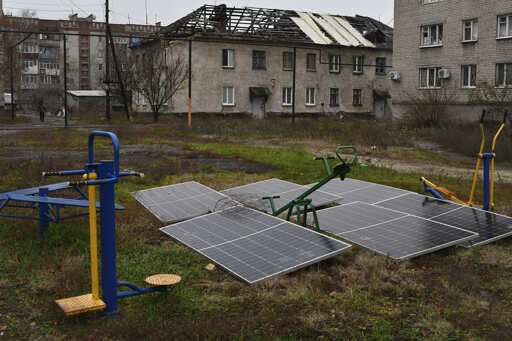Attacks on two DTEK solar farms last spring is a good example. They destroyed many solar panels and some of the transformers, which step up voltage for long distances or step it down for use in homes. Replacing the transformers and swapping out destroyed panels allowed the farms, which generate 400 megawatts, to be back up in seven days.
Timchenko said an attack on a thermal generating station, which experienced a similar amount of damage, took three to four months to rebuild.



In fairness, my understanding is that there are a lot of complications with adding distributed power to existing grids. That doesn’t mean it shouldn’t happen, just that there are engineering and safety challenges when power is coming from “everywhere” vs centrally.
And of course, there’s a lot of energy companies lobbying against clean power sources as well.
I hear that quite a bit of the power infrastructure in the US is well past its life expectancy with more coming due for replacement over time. If anything, a national energy plan should account for replacing, upgrading and modernizing a lot of the existing electrical infrastructure since its so critical to the foundation of our current society
This, and the fact that solar and wind are intermittent so you always need a baseline provider, you can’t do it with “green energy” alone.
Local and grid level storage can and should be included, but base-level nuclear is also good.